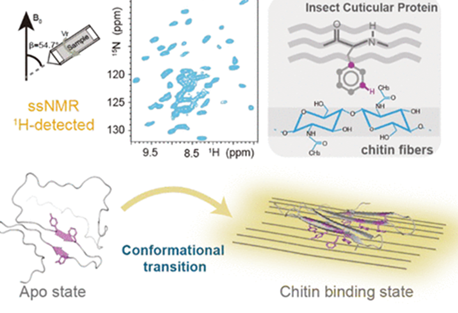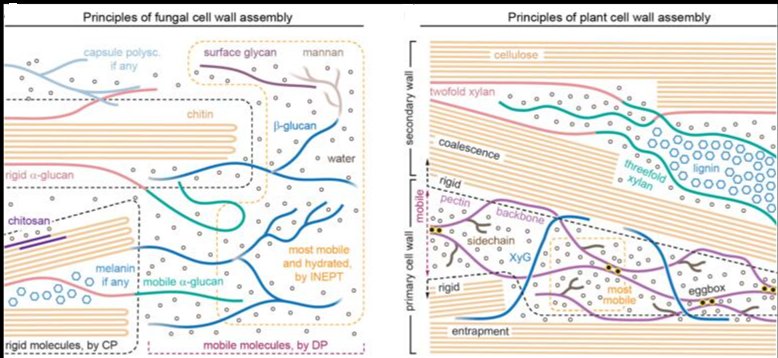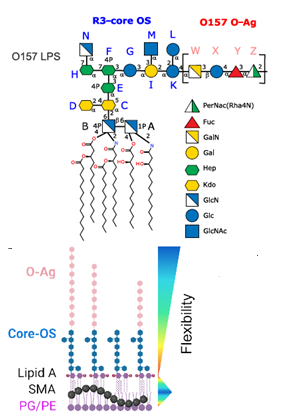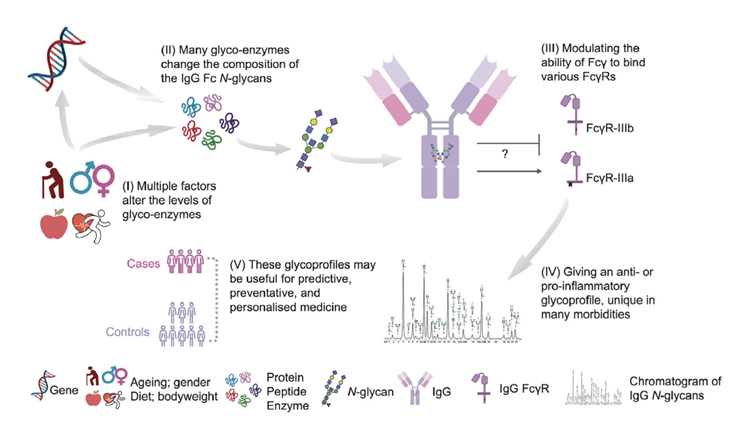Starch is a water-insoluble polymer of glucose synthesized as discrete granules inside the stroma of plastids in plant cells. Starch reserves provide a source of carbohydrate for immediate growth and development, and act as long term carbon stores in endosperms and seed tissues for growth of the next generation, making starch of huge agricultural importance. The starch granule has a highly complex hierarchical structure arising from the combined actions of a large array of enzymes as well as physicochemical self-assembly mechanisms.

Understanding the precise nature of granule architecture, and how both biological and abiotic factors determine this structure is of both fundamental and practical importance. This review outlines current knowledge of granule architecture and the starch biosynthesis pathway in relation to the building block-backbone model of the starch structure. The authors highlight the gaps in the knowledge in relation to the understanding of the structure and synthesis of starch. They argue that the building block-backbone model takes accurate account of both structural and biochemical data.




